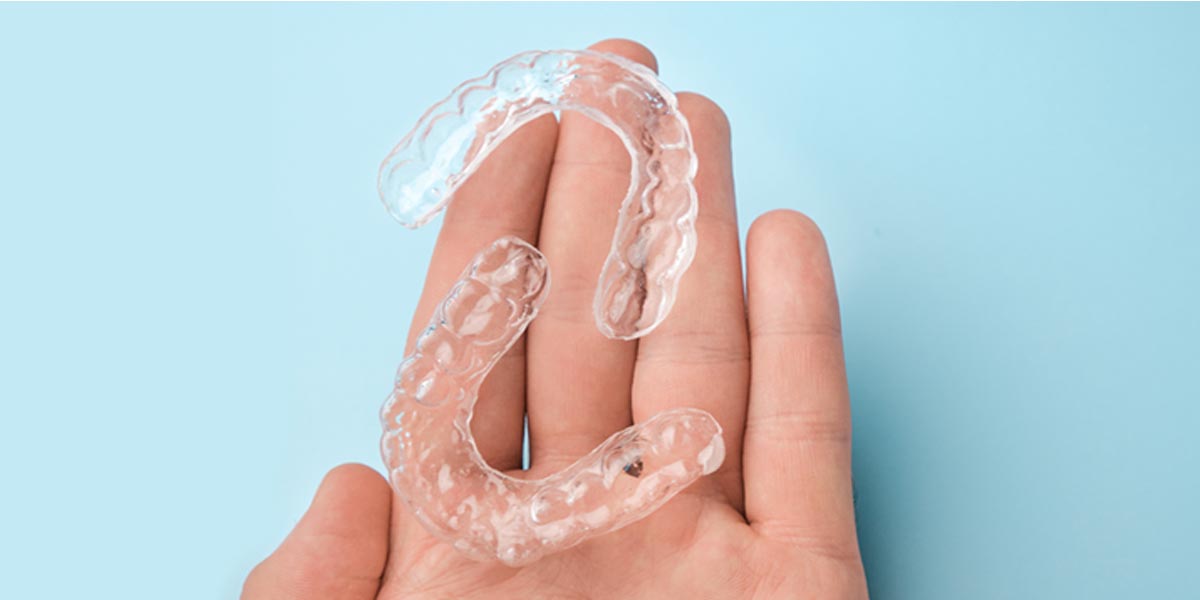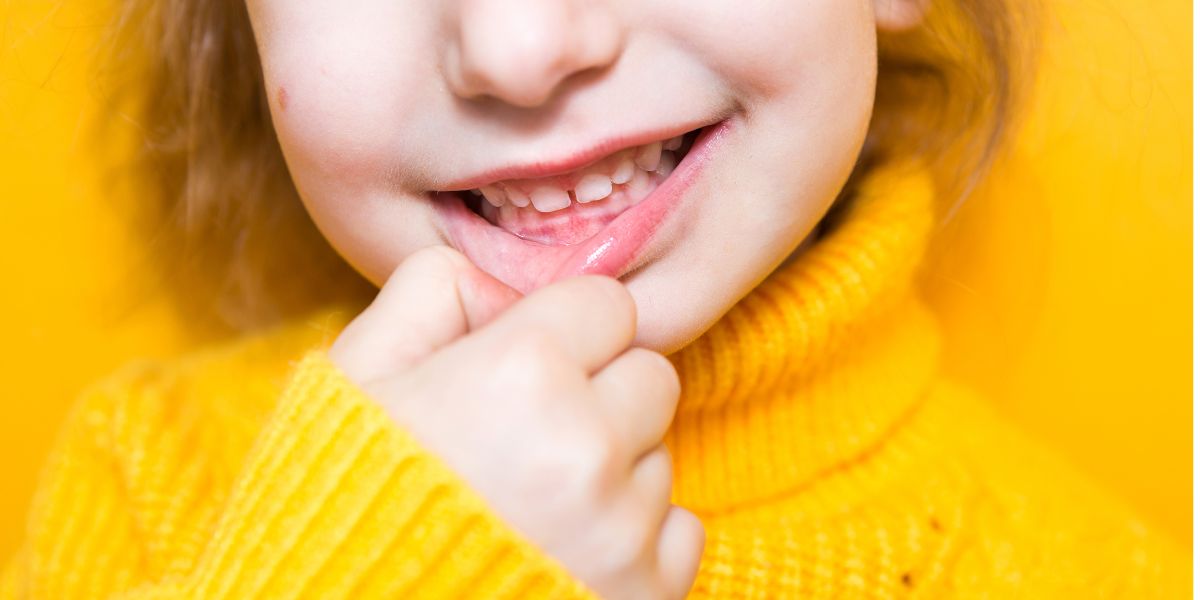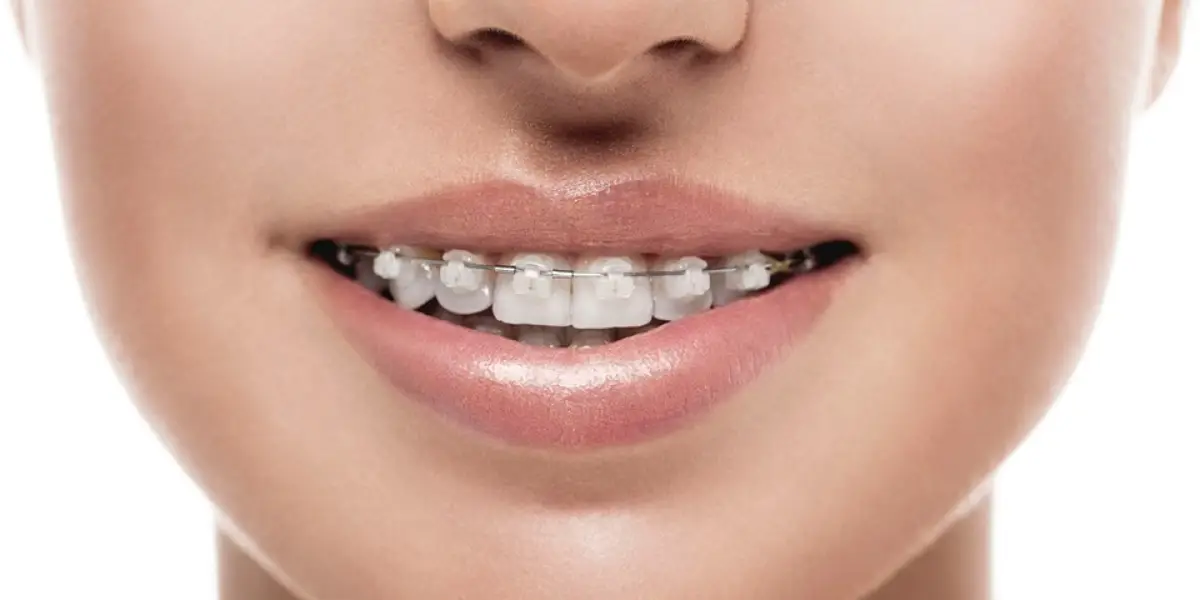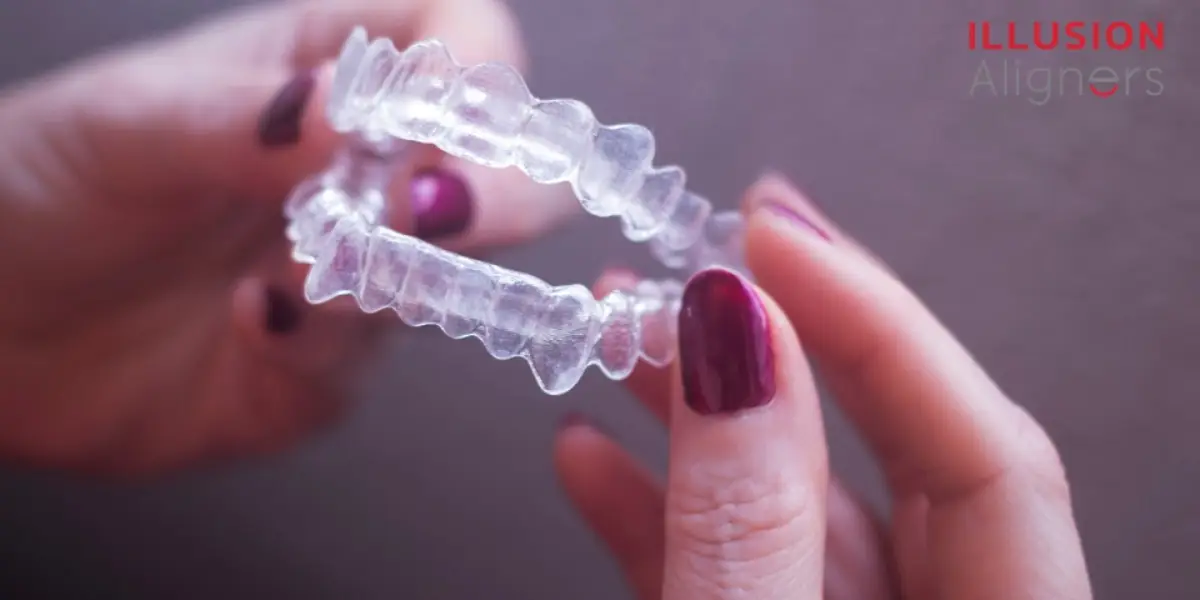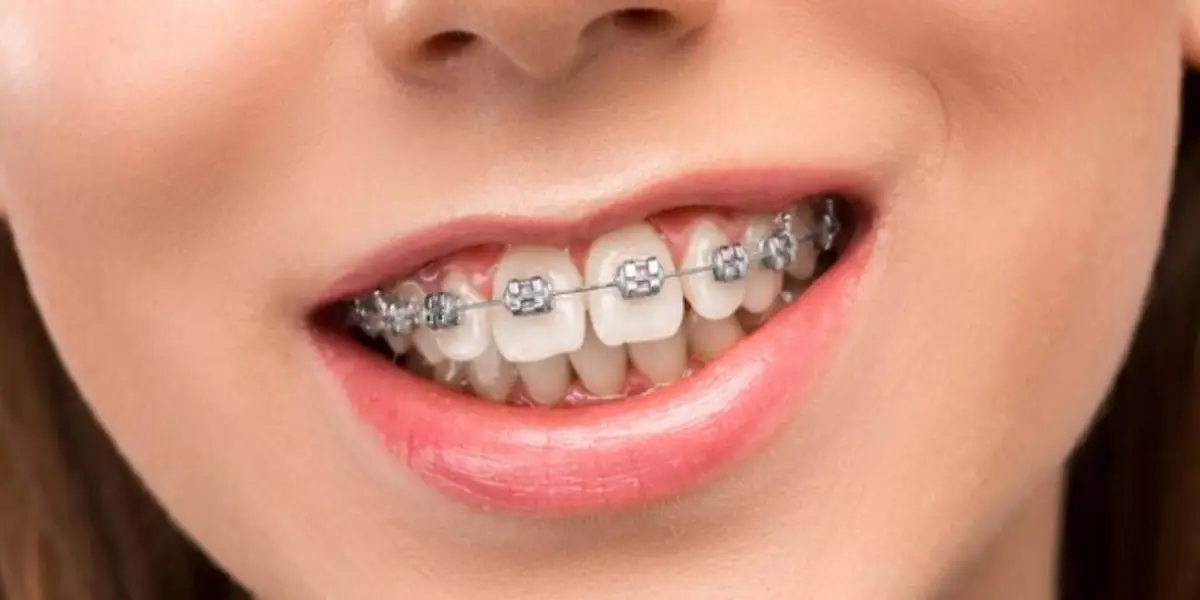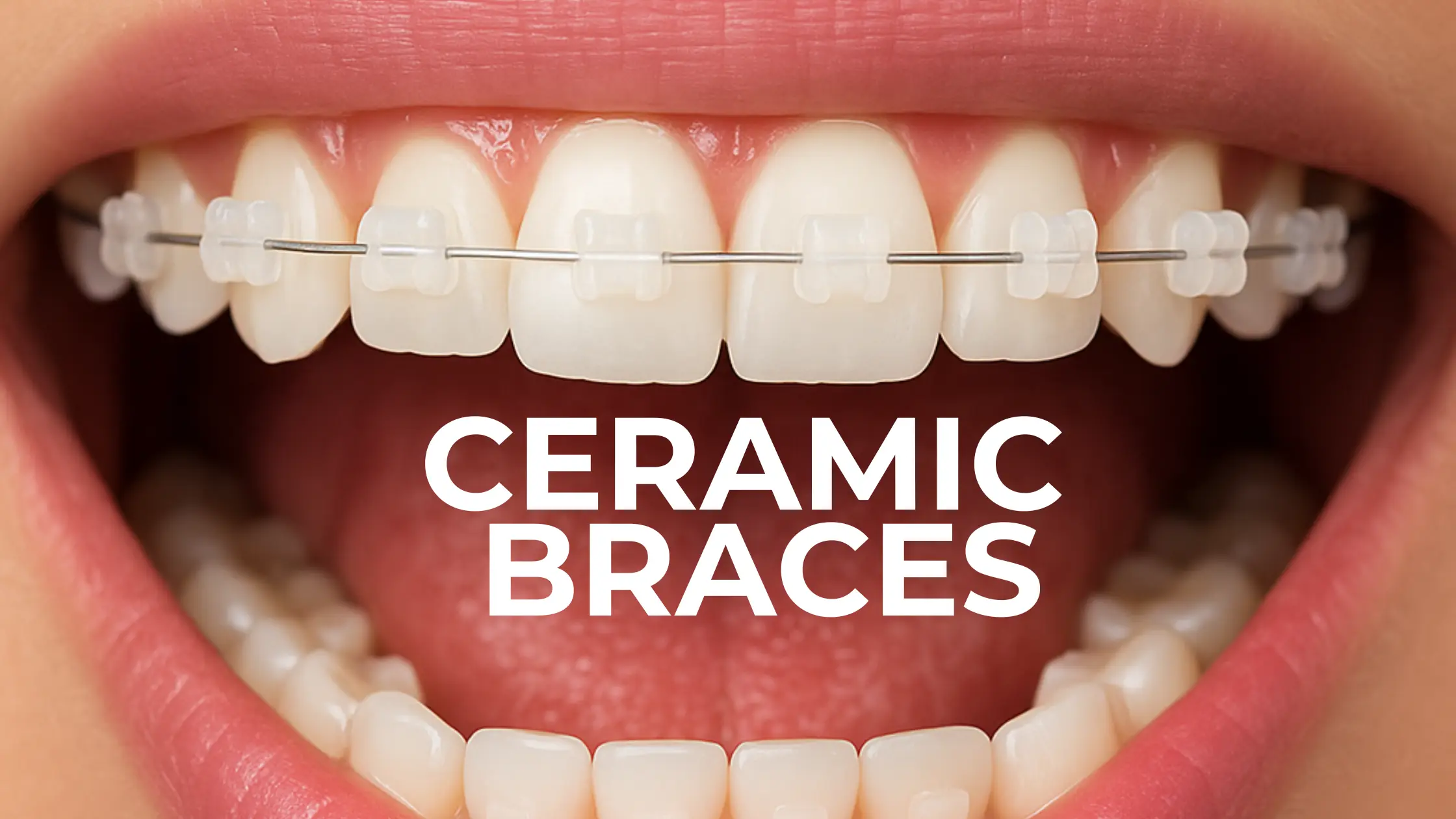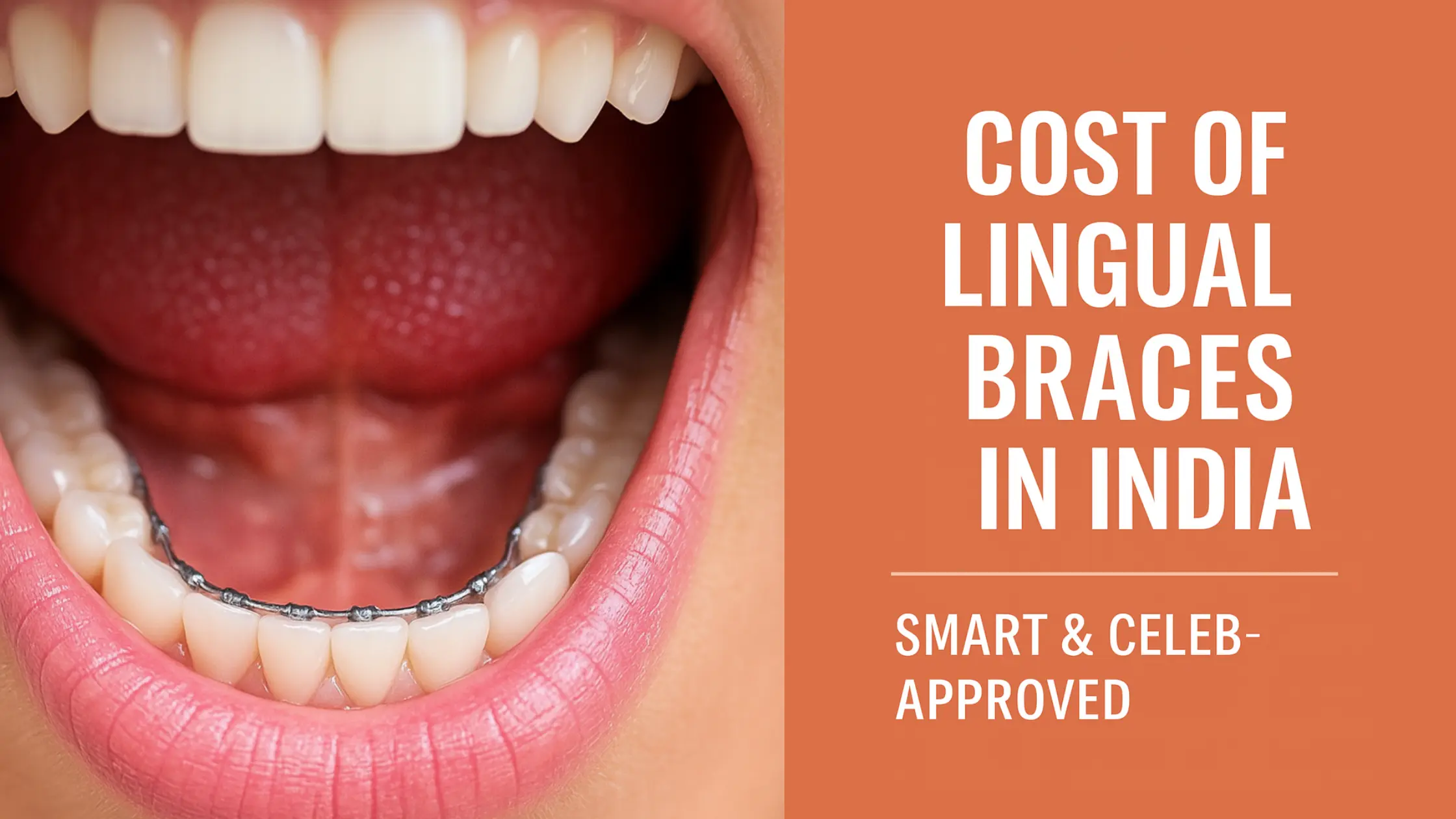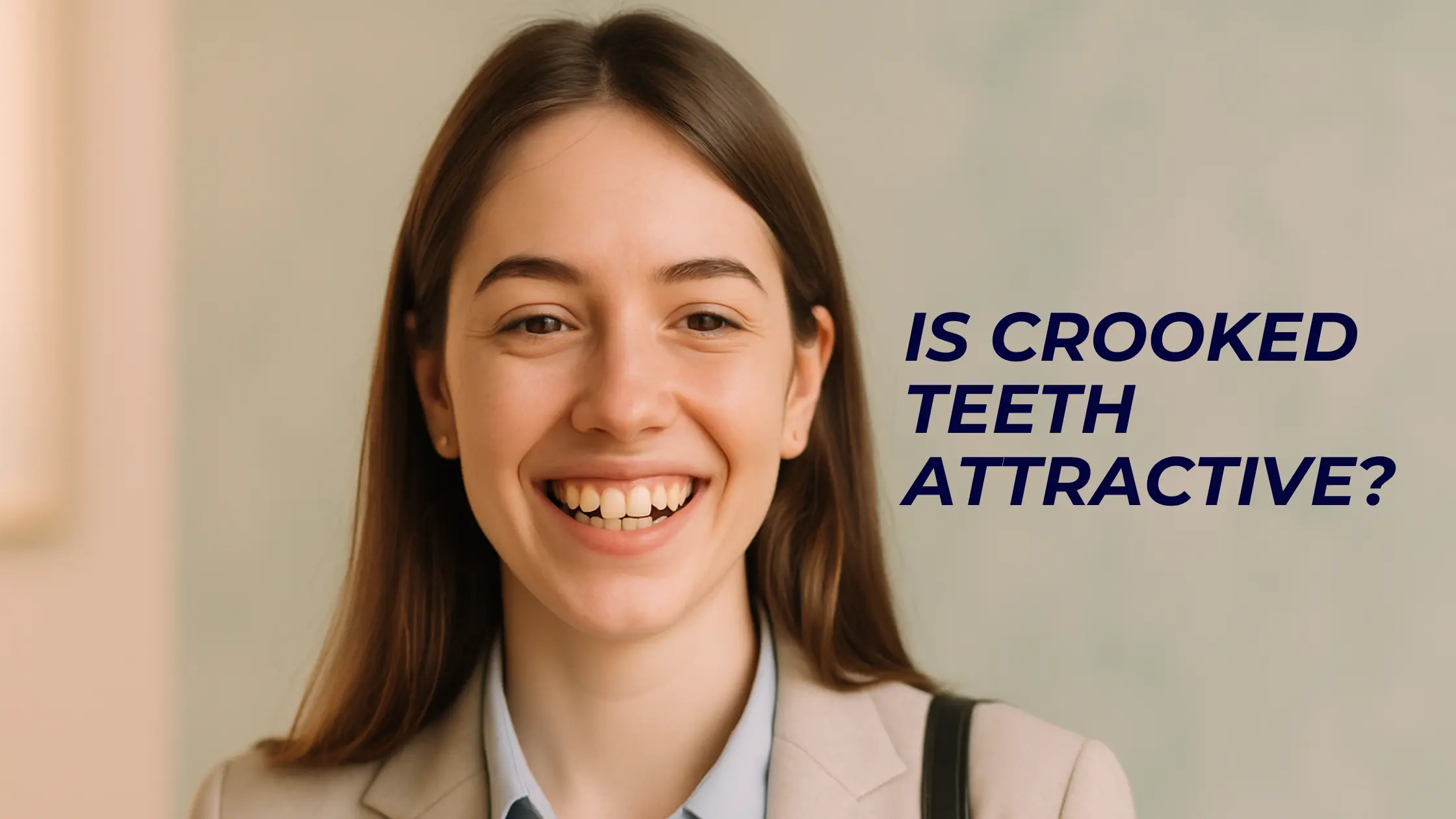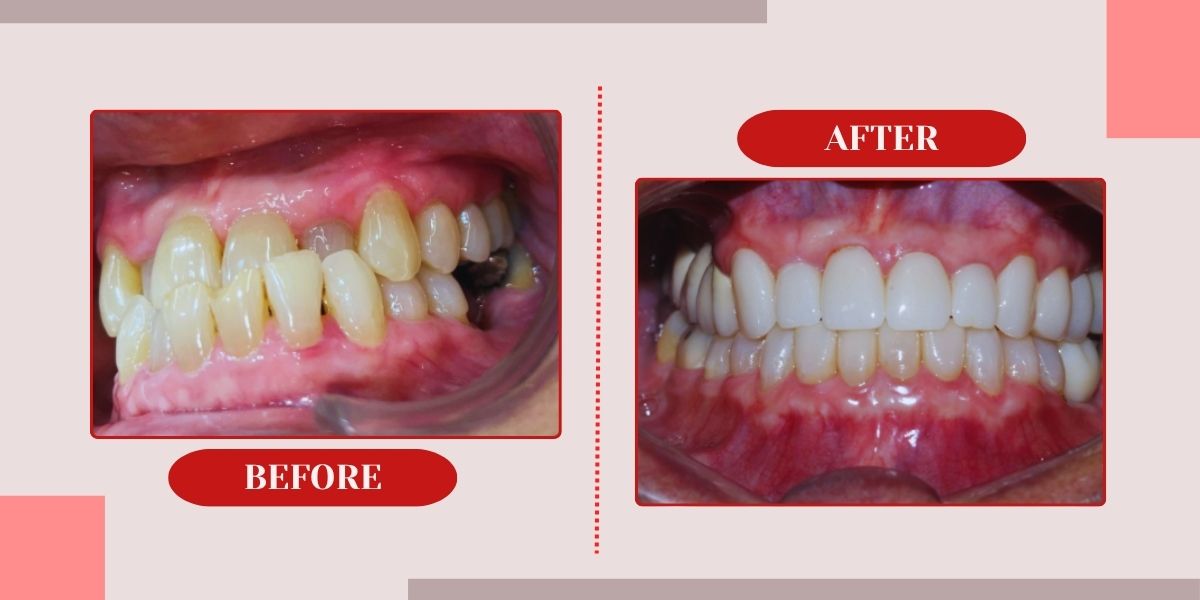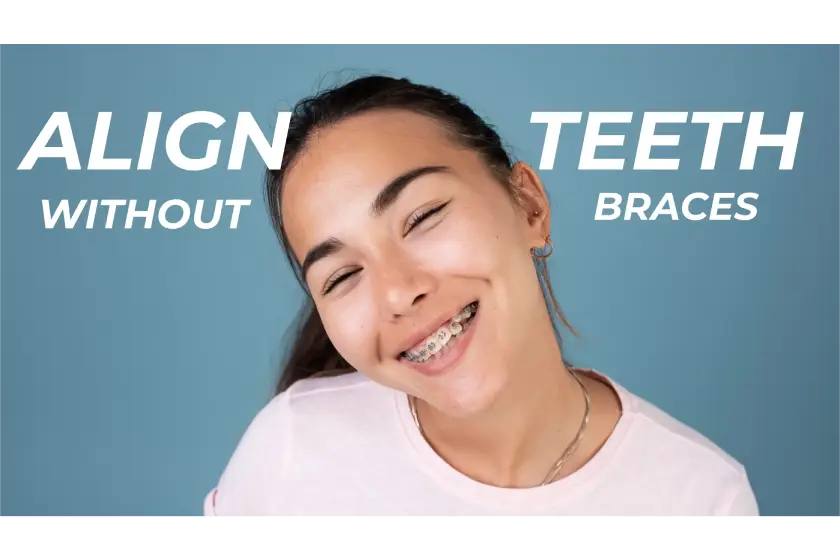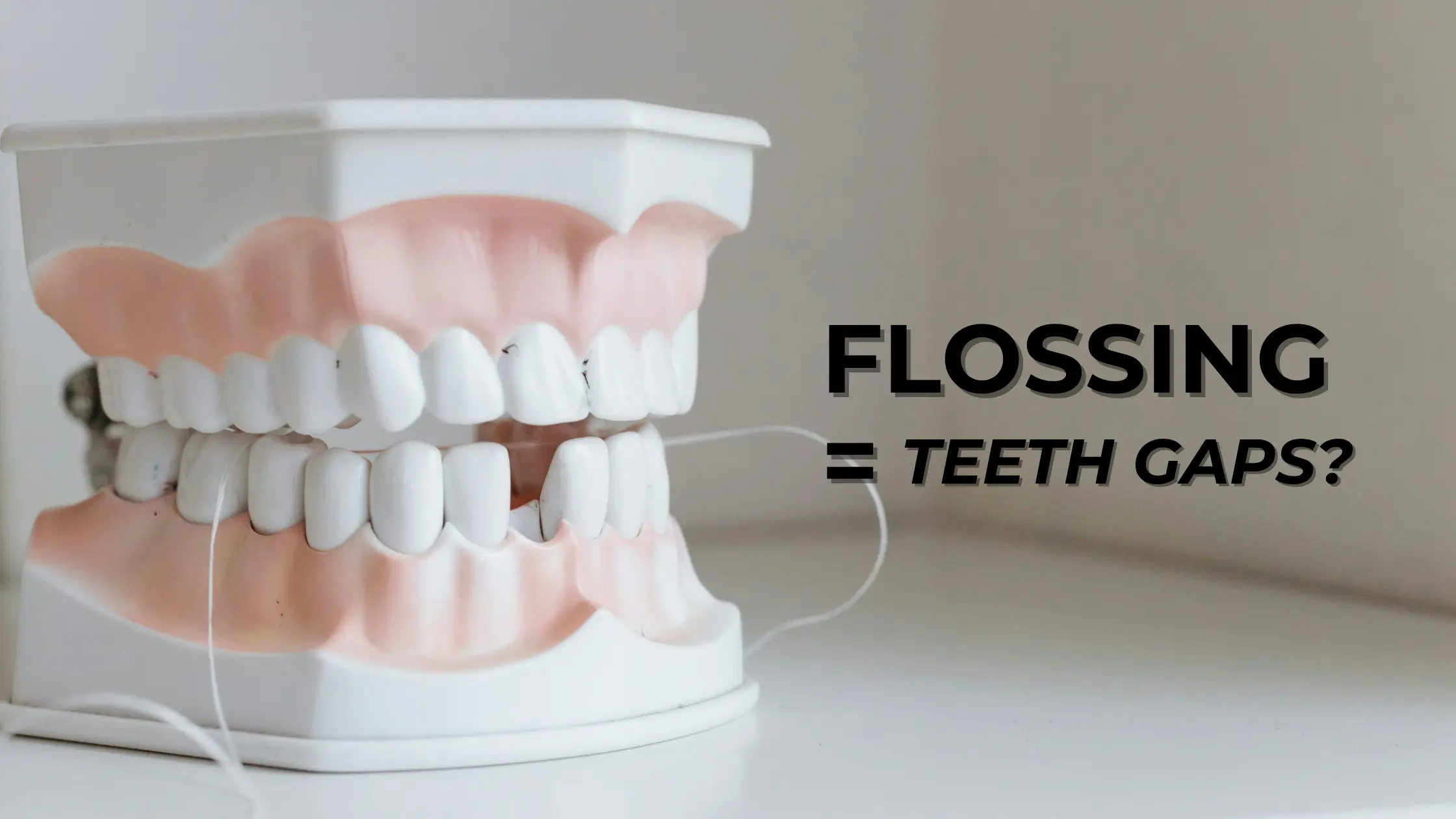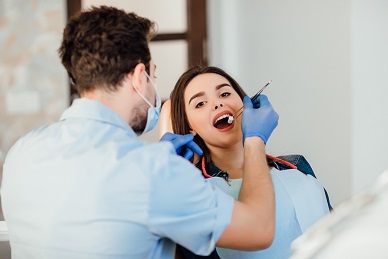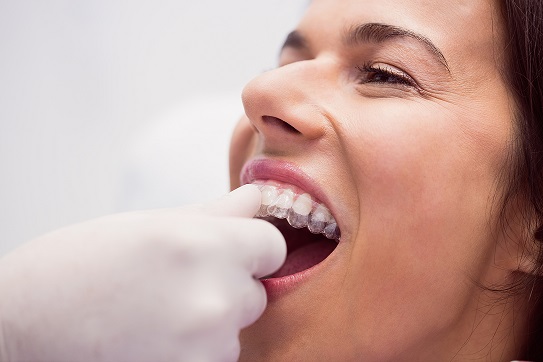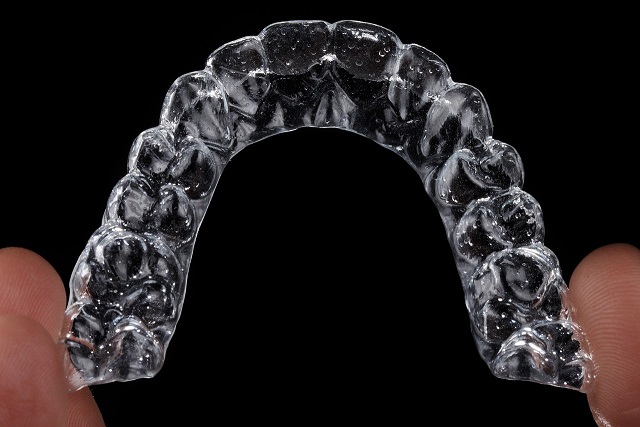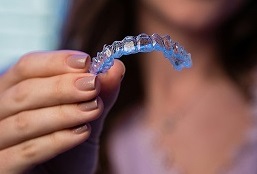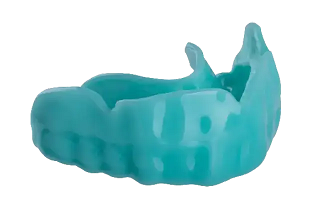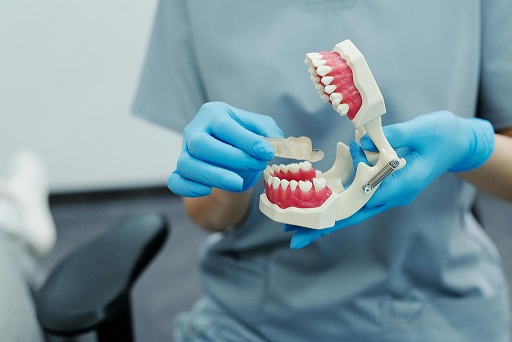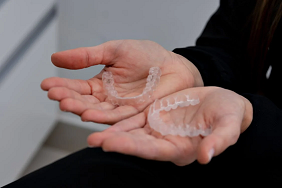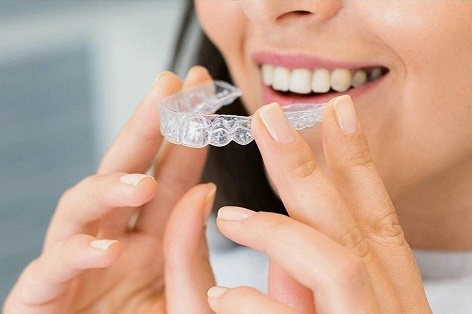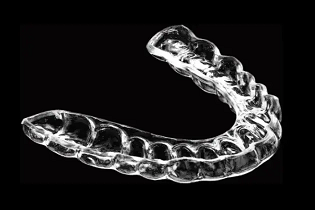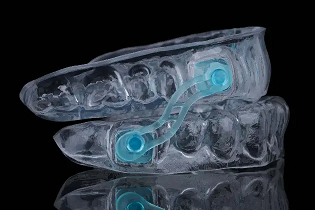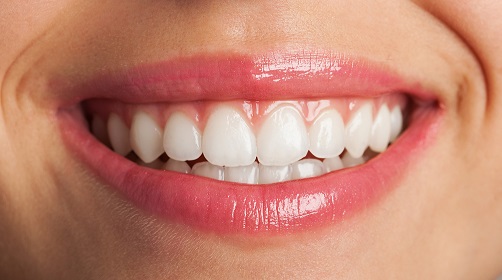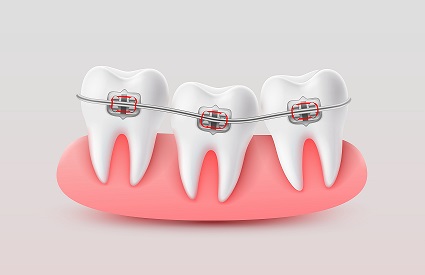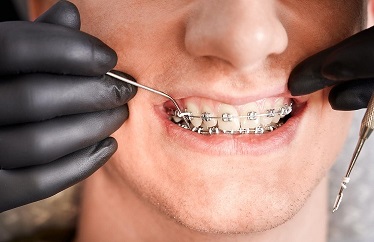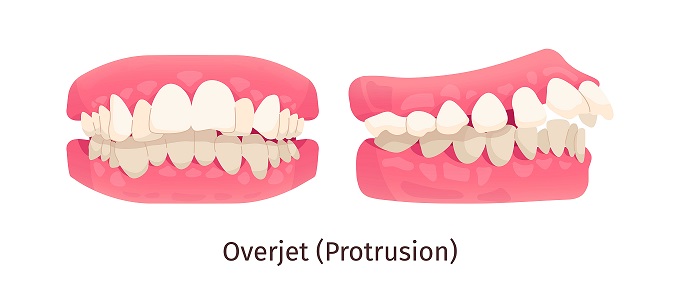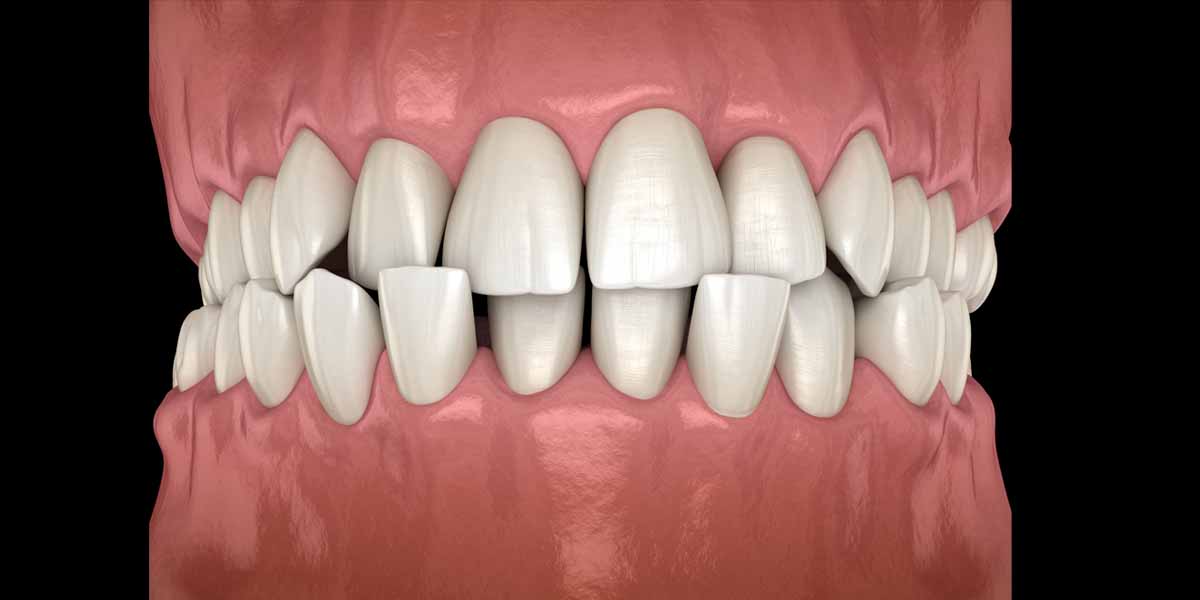
Publish on Jul 29, 2025
Crossbite Explained: Causes, Symptoms, and Effective Treatments
A misaligned bite can lead to several dental health problems beyond aesthetic concerns. A crossbite is a dental alignment issue that can cause discomfort, eating difficulty and speech impairment. In this blog, we will delve into the world of crossbites, learning what they are, what causes them, what symptoms they cause, and most importantly, what remedies exist to fix them.
Understanding Crossbite: What is it?
A type of misalignment known as a dental crossbite develops when the upper and lower teeth in the jawbone don't align correctly as you bite down. It occurs when some upper teeth do not erupt in front of the lower teeth but somewhat behind them. This may impact the front or back teeth and occur on one side of the mouth or both. Dental problems brought on by crossbites include difficulties in chewing and biting, jaw pain, teeth grinding, and uneven tooth wear. It is crucial to seek advice from a dentist or orthodontist who can decide the best course of action for treating a dental crossbite.
Types of Crossbites
1. Posterior Crossbite occurs when the upper back teeth are positioned inner to the lower teeth when the mouth is closed.
2. Anterior Crossbite: In this type, the upper front teeth settle behind the lower front teeth when the bite is closed.
3. Unilateral Crossbite: Only one side of the dental arch has a crossbite, either on the left or right side.
4. Bilateral Crossbite: This type of crossbite occurs when both sides of the dental arch have a crossbite.
5. Dental Crossbite: Involves misalignment of individual teeth.
6. Skeletal Crossbite: Caused by a misalignment of the upper and lower jaws.
Symptoms and Effects of Crossbite
1. Jaw pain: Crossbite can result in jaw pain (temporomandibular joint, or TMJ) that is uncomfortable or even chronic, which can cause headaches, face pain, and problems opening and closing the mouth.
2. Tooth or gum damage: A crossbite can produce unequal wear and strain on the teeth, which increases the risk of teeth that are chipped, cracked, or broken. Additionally, gum recession and periodontal issues can result from it.
3. Dental misalignment: Crossbite may cause certain teeth to shift out of their average placements to correct the misalignment, leading to crooked or crowded teeth. As a result, oral hygiene may become more complex, and the appearance may be unpleasant.
4. Speech problems: Crossbite can impair speech clarity and incorrectly pronounce particular sounds or words. It could cause lisping or make pronouncing certain letters or sounds difficult.
5. Facial asymmetry: Long-term uncorrected crossbite can exacerbate facial asymmetry significantly if the misalignment shifts the jawline. This may have an impact on overall facial balance and facial beauty.
Crossbite Treatment Options:
1. Orthodontic therapy: Appliances like braces or clear aligners like Illusion Aligners may be suggested in minor to moderate cases. These devices consistently provide pressure to move the teeth into their proper places progressively.
2. Palatal expander: This tool helps to repair a crossbite brought on by a narrow upper arch by enlarging the top jaw. Children are frequently given it when their jaws are still developing.
3. Tooth extraction: In some circumstances, the jaw may not have enough room for a crossbite correction. A dentist or orthodontist may sometimes suggest tooth extractions to free up enough space for the teeth to align correctly.
4. Jaw surgery: Orthognathic surgery may be required in extreme cases if a jaw misalignment brings on the crossbite. This procedure entails moving either the upper or lower jaw to rectify the alignment.
How to Fix a Crossbite: Step-by-Step
-
Consultation: Seek the advice of a knowledgeable dentist or orthodontist first. They will evaluate the crossbite's severity and suggest the best action.
-
Treatment Strategy: A unique treatment strategy will be developed based on the examination. Utilizing braces, aligners, or other treatments may be necessary for this.
-
Orthodontic Treatment: The orthodontist will gradually realign the teeth if braces are advised or in the case of Illusion Aligners the entire treatment is planned keeping crossbite correction in mind.
-
Monitoring Progress: Regular meetings will be set up to keep track of advancement and make any required modifications.
-
Retention: A teeth retainer will be given to keep the teeth from relapsing to their original locations after the active treatment phase.
Considerations: Cost and Duration
Depending on the type of treatment, the complexity of the case, and the dental office's location, the cost of crossbite treatment might vary significantly. Orthodontic procedures can require a financial commitment, but confidence and dental health are immeasurable. Simple cases may be resolved in 6 to 12 months. However, more severe ones may necessitate several years of care.
Conclusion
Although common, crossbite should not be overlooked because it may adversely affect oral health and general well-being. The key to avoiding more issues is early diagnosis and effective treatment. The path to a healthy bite and a more self-assured smile, whether through orthodontic braces, Illusion Aligners, surgical correction, or other techniques, is well worth the work and cost. Consult a dentist immediately if you have a crossbite so they can direct you to the most effective course of action.
Medically Reviewed By Dr Jaineel Parekh, MDS orthodontics
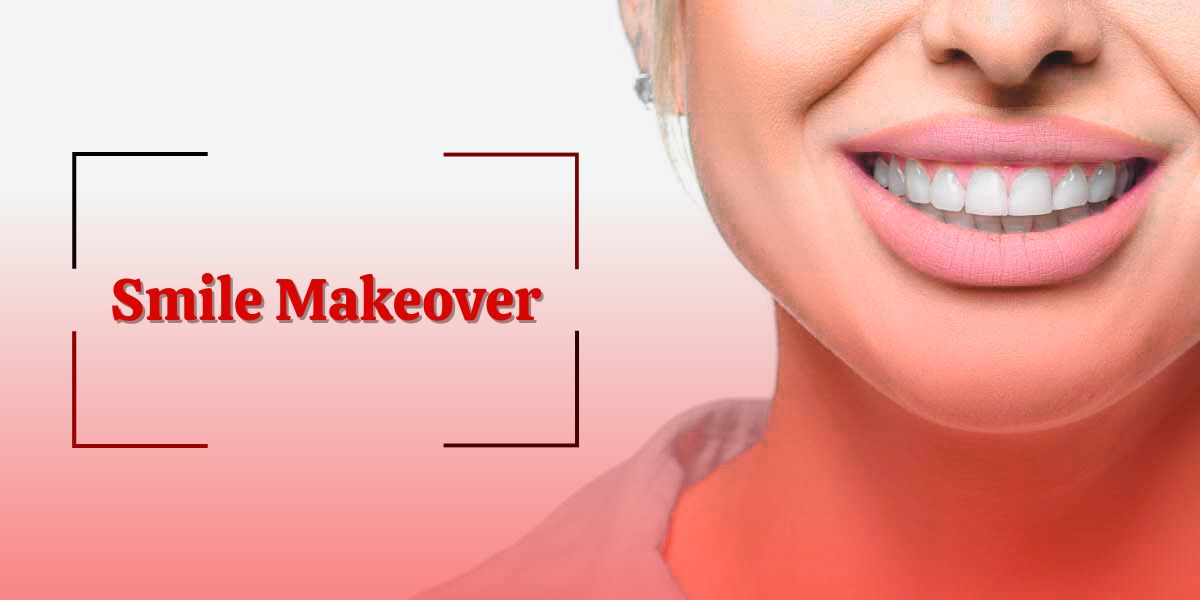
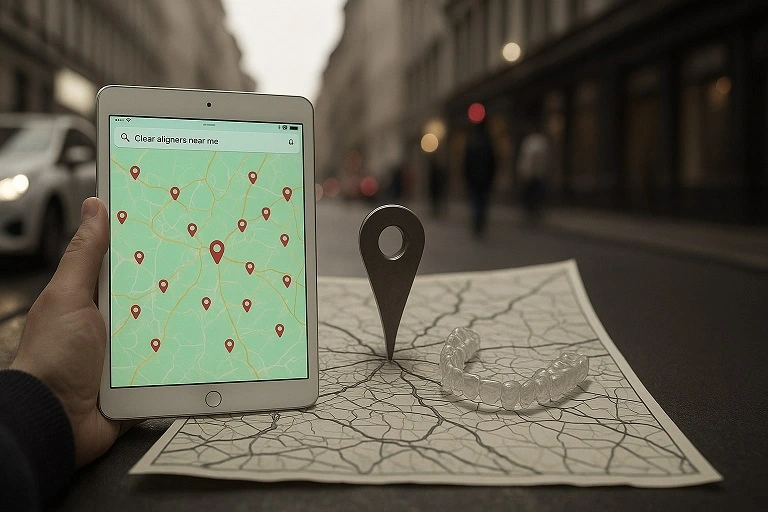
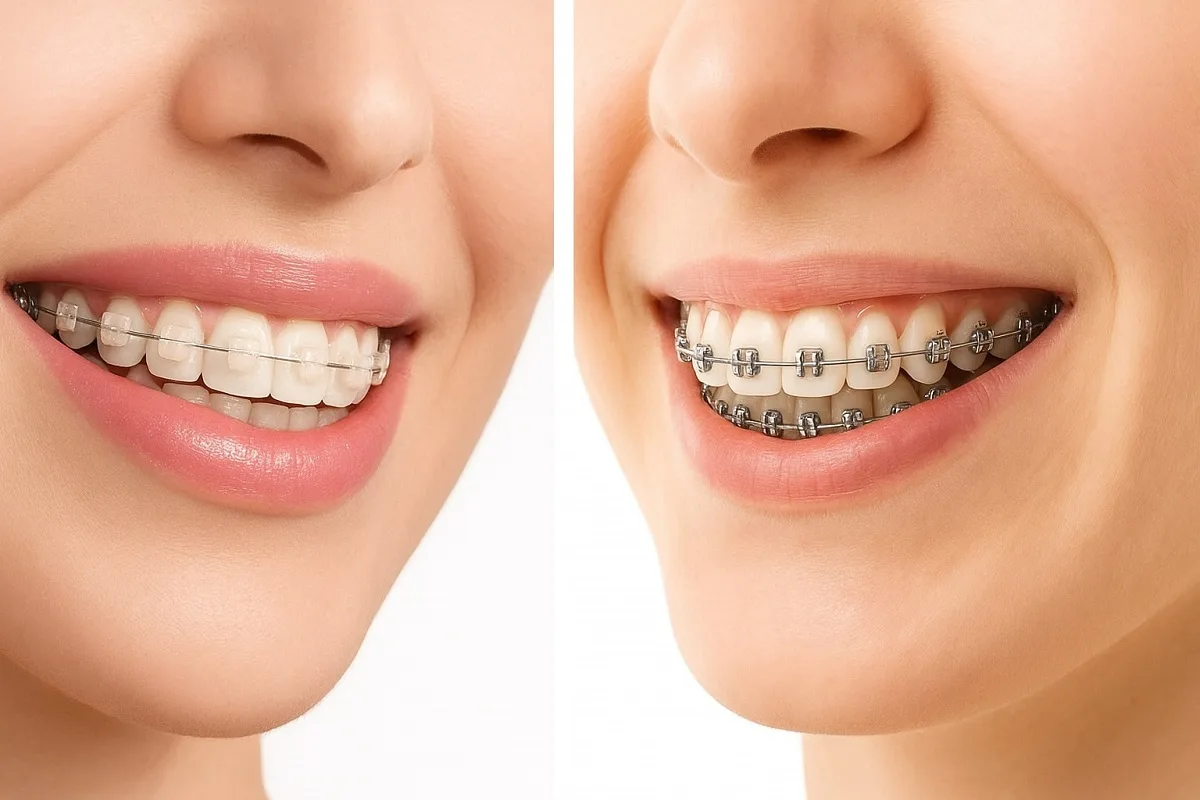
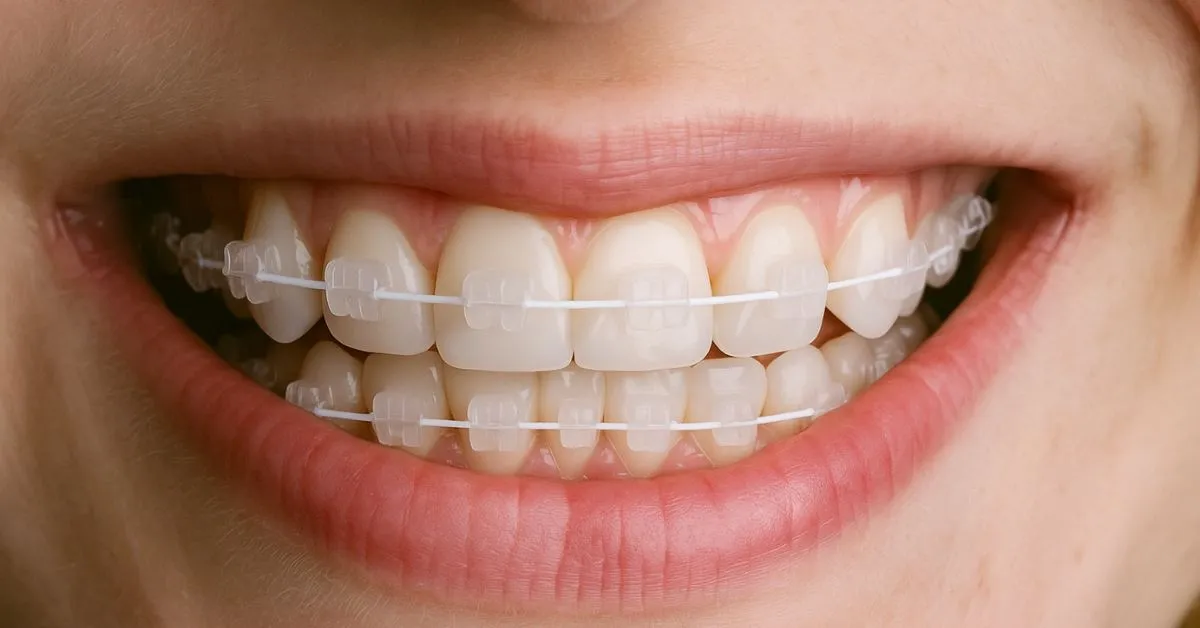
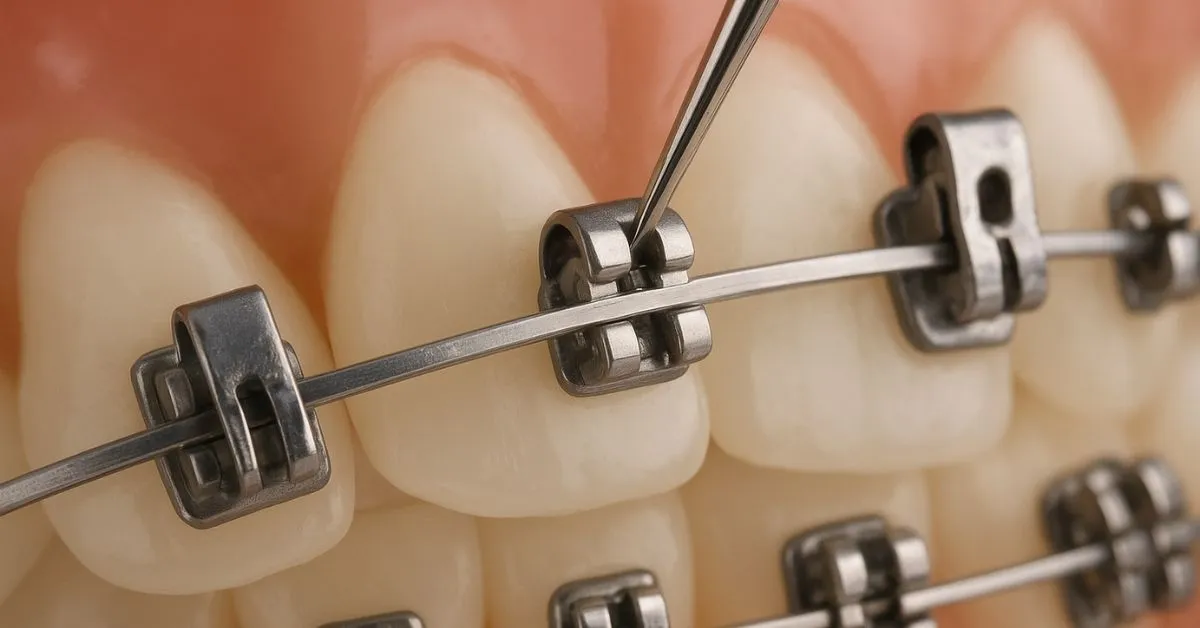
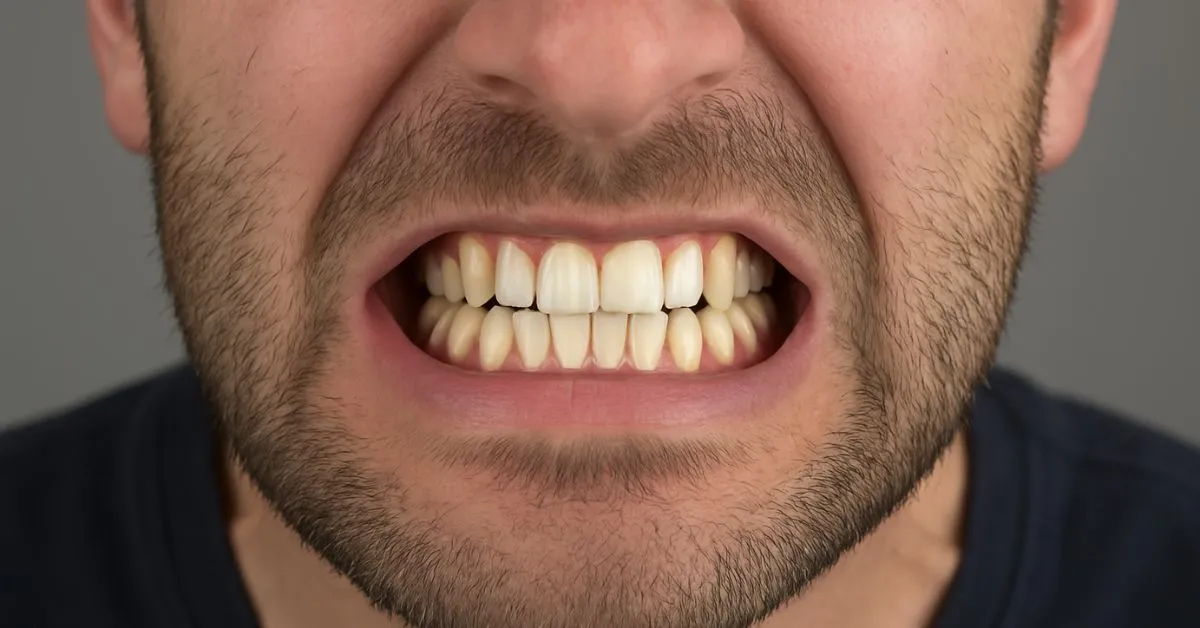
.webp
)
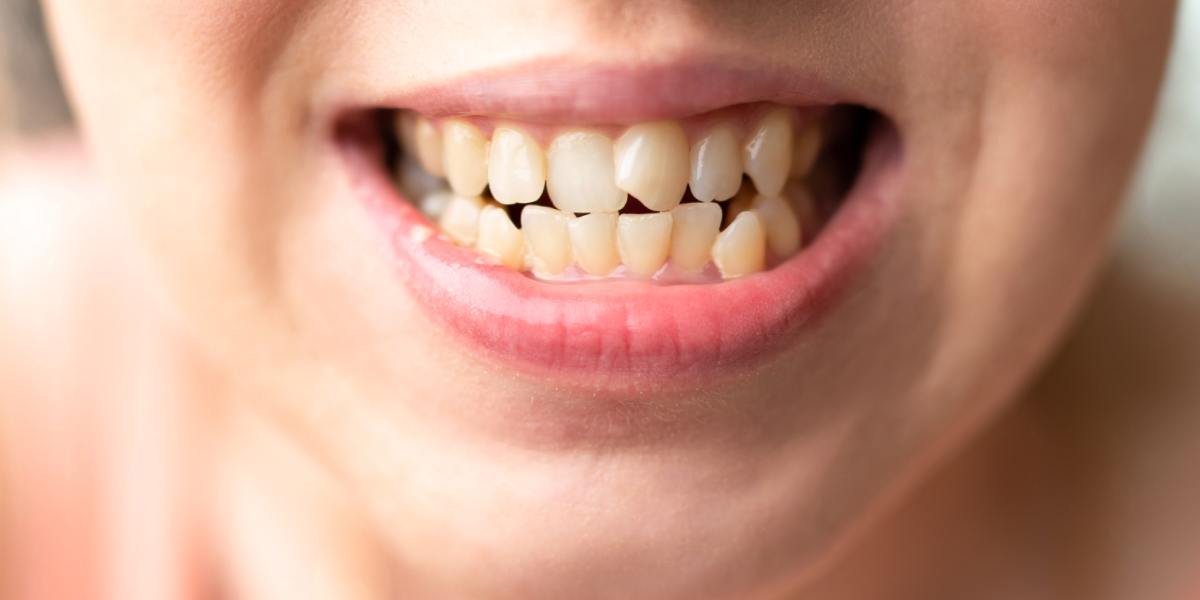
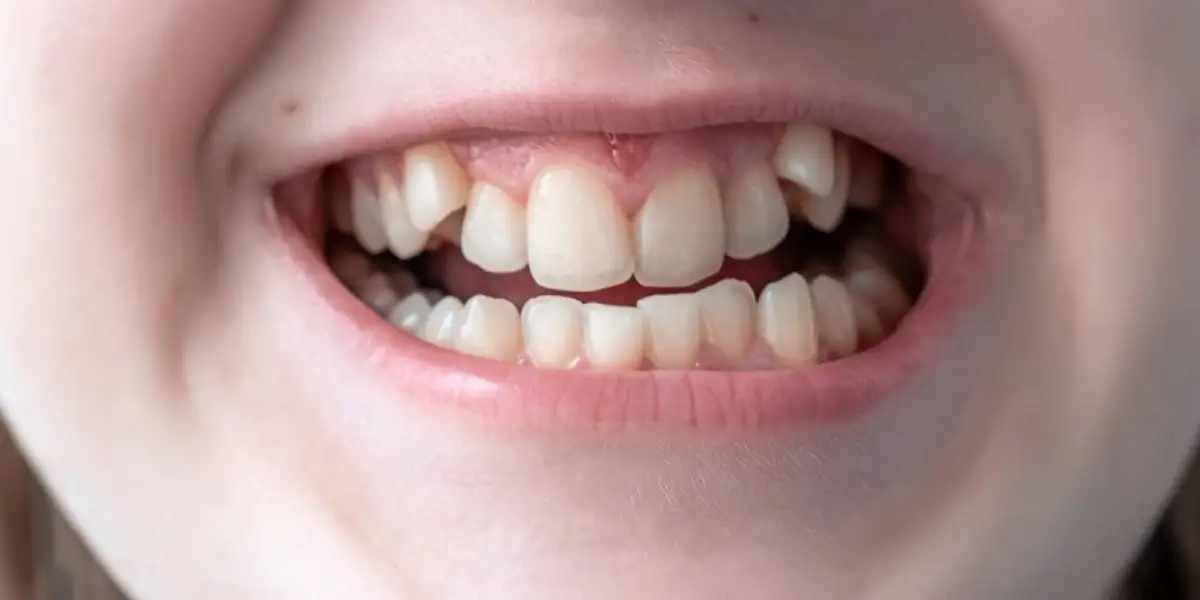
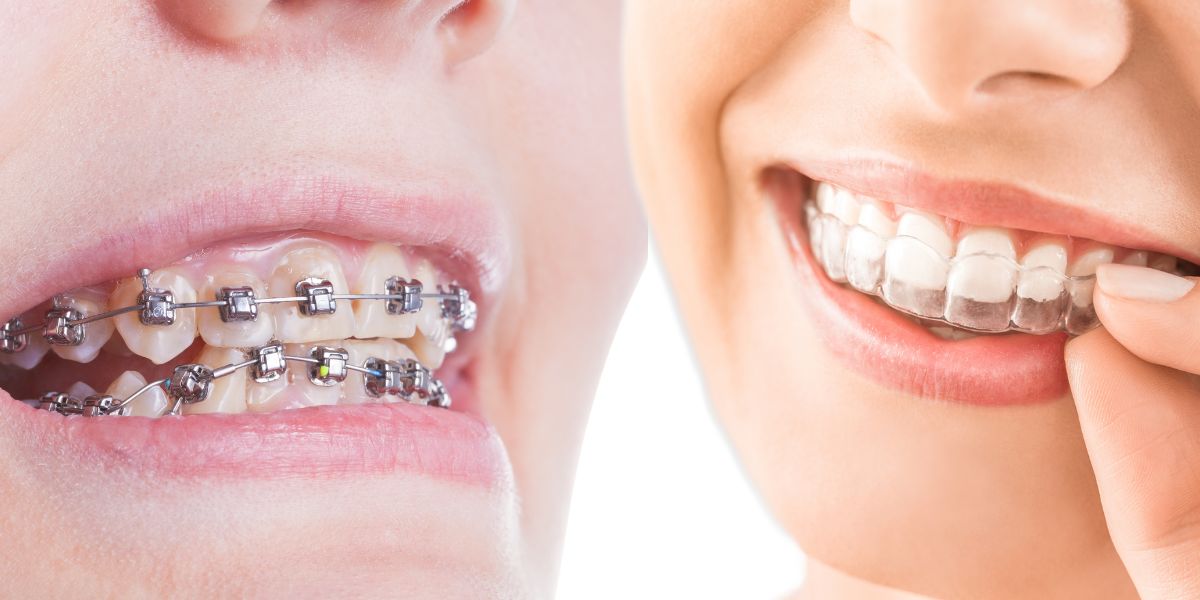
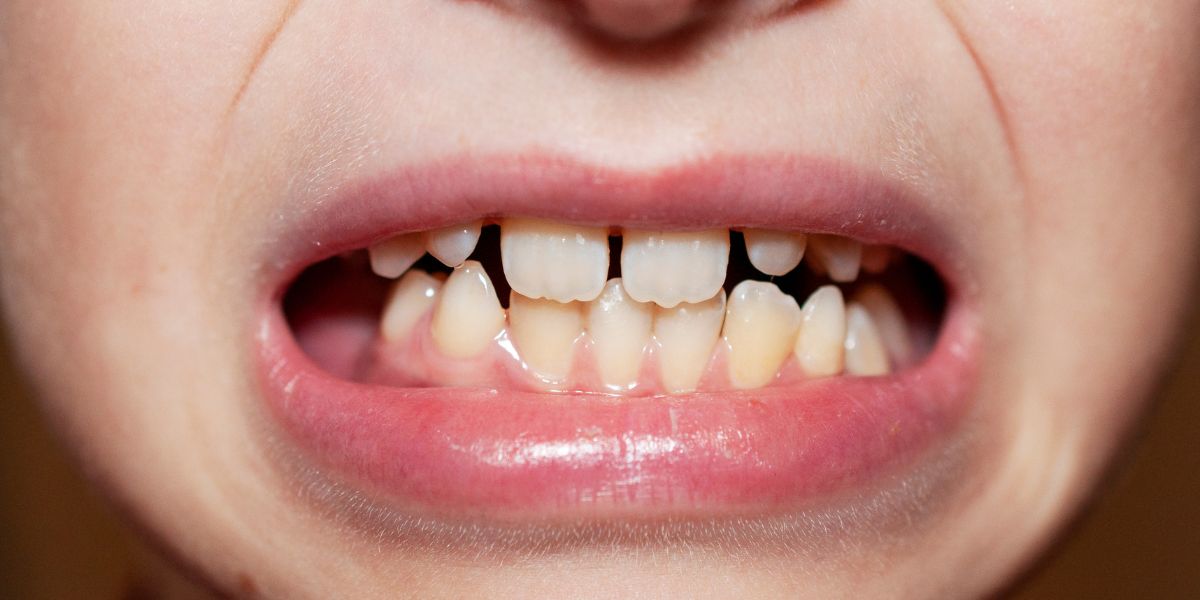
.jpg)
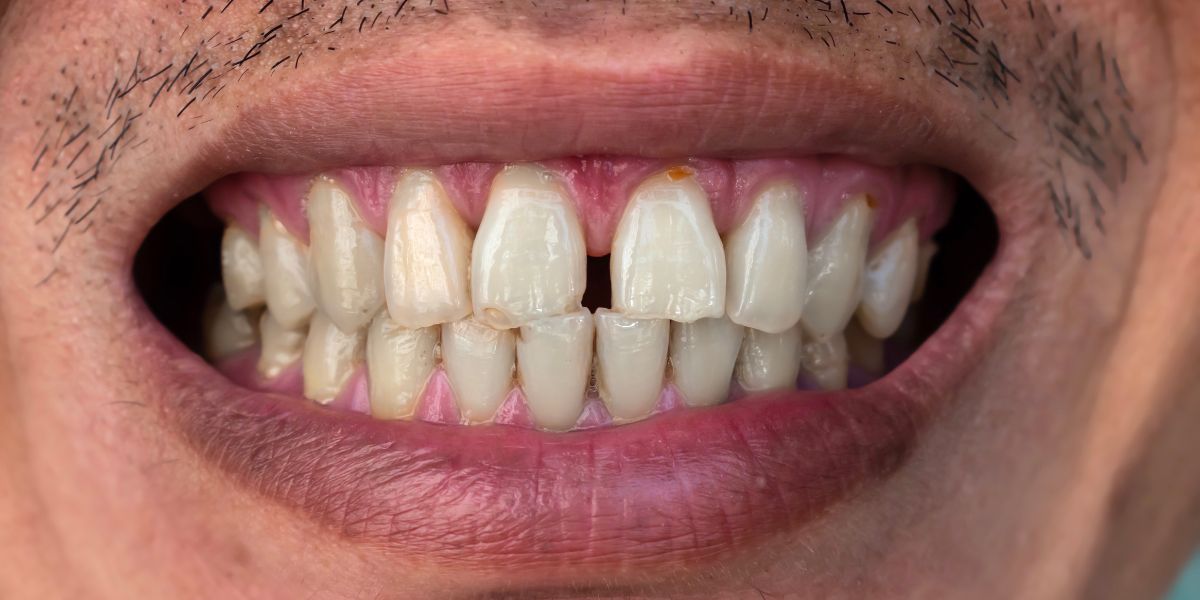
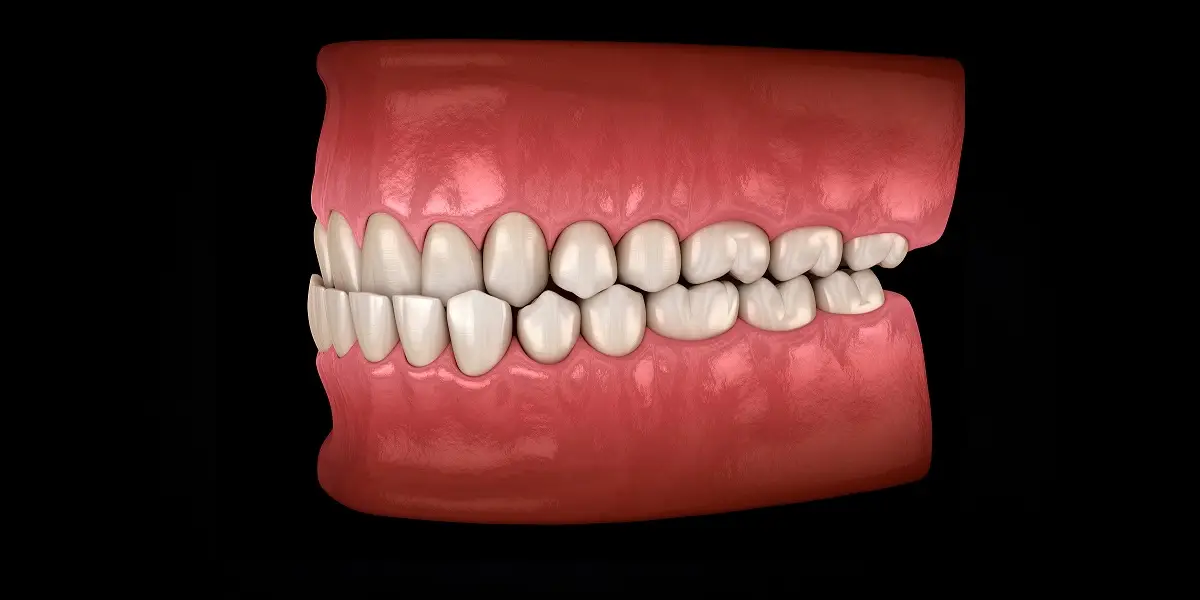
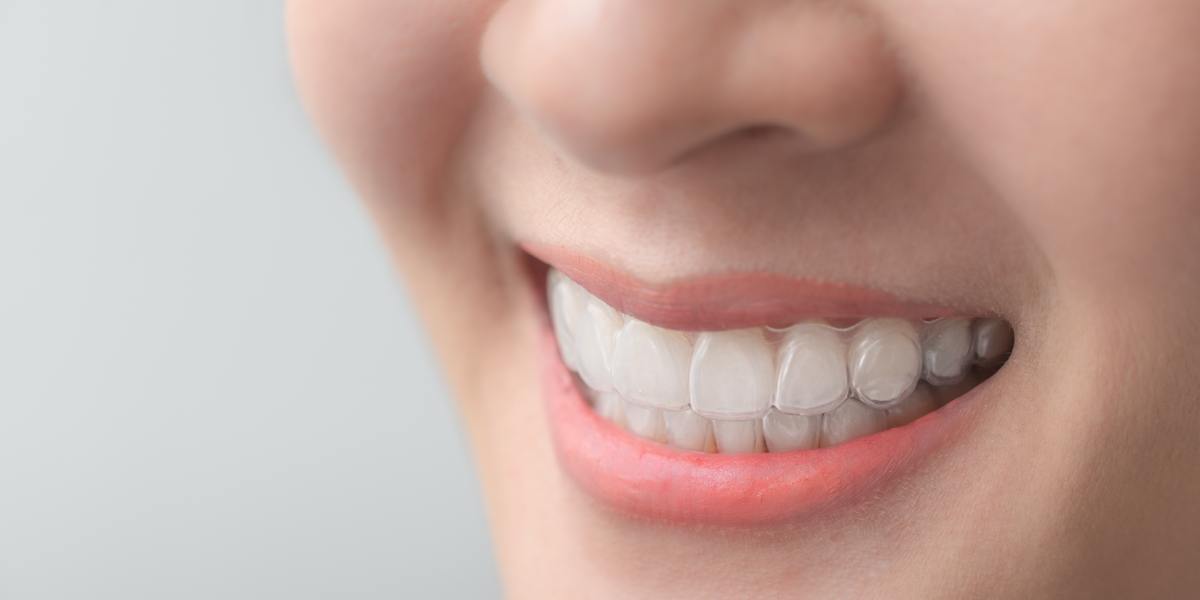

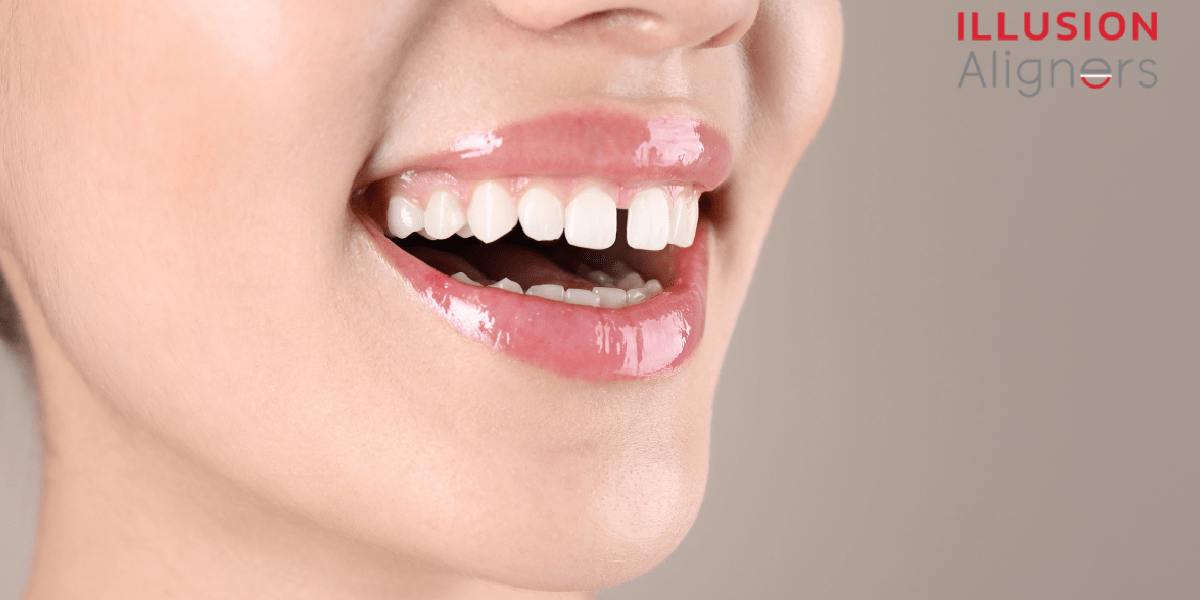
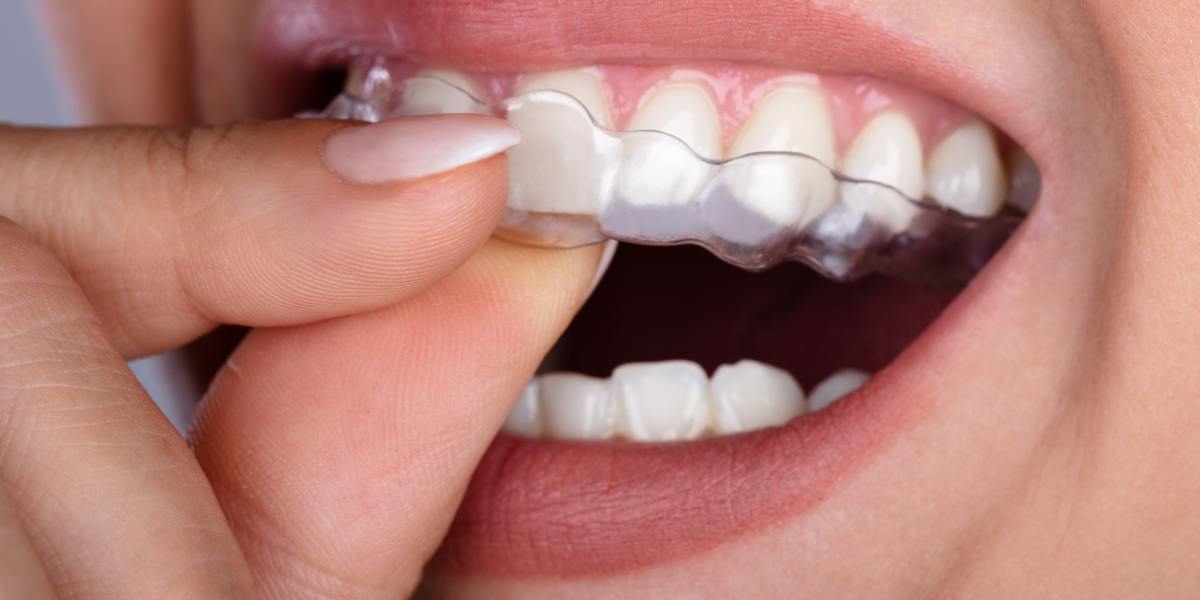
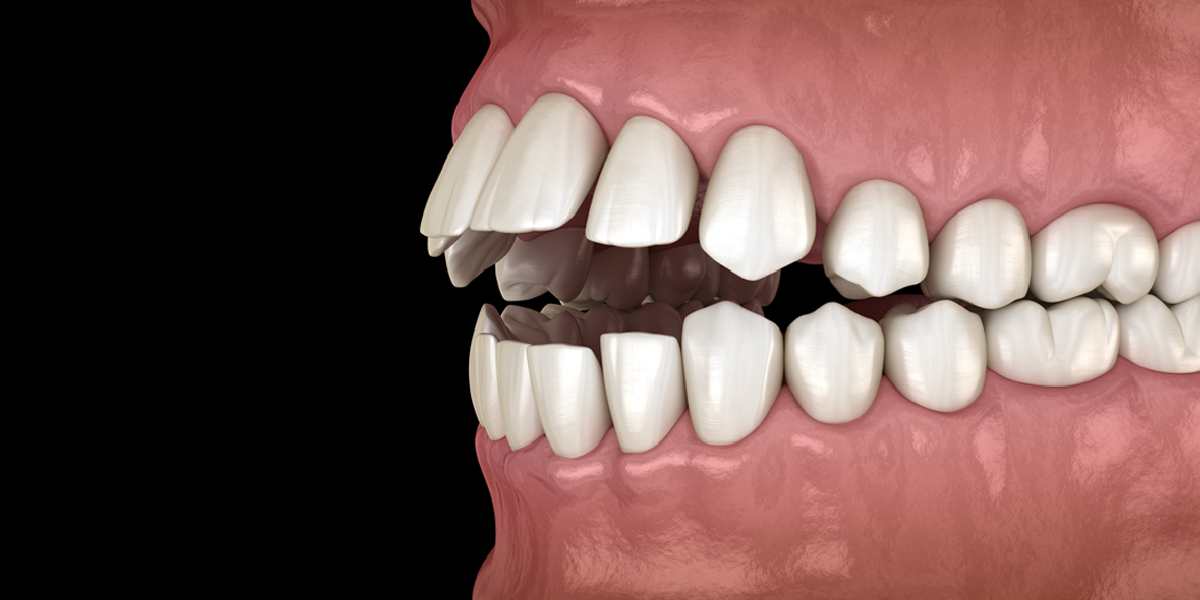
2.jpg)
